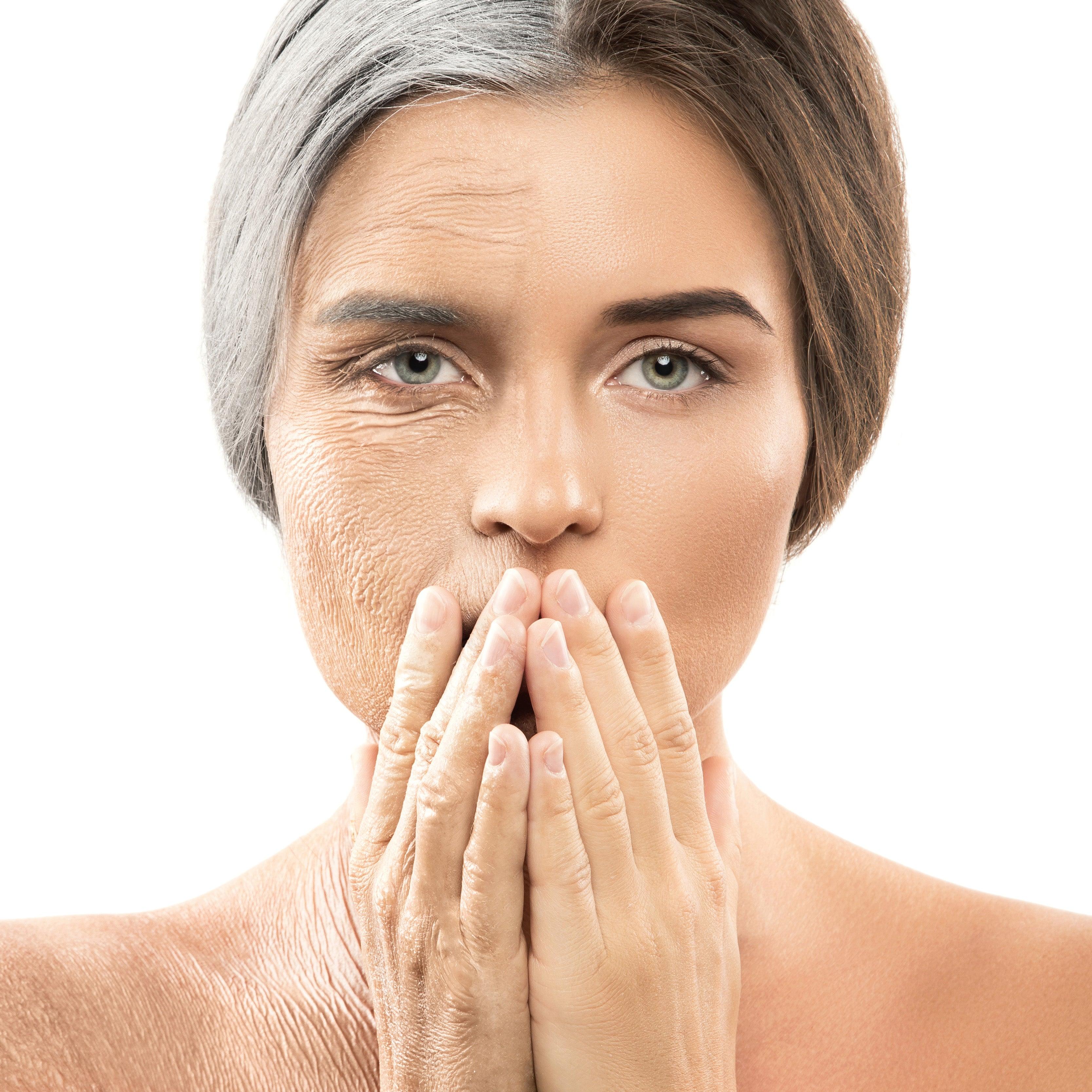The History of Skin Care: Between Illusion and Reality

The history of skin care stretches back to ancient times, where people experimented with different substances and methods to maintain healthy and beautiful skin. But it is important to note that this history has been a constant struggle between genuine care and commercial exploitation. From the simplest natural substances to today's complex chemical products, the skin care industry has evolved - but not always in the right direction.
In the earliest stages of history, skin care was mainly associated with pure and natural substances. People used honey and plant extracts to soften the skin and protect it from the elements. But as time went on and societies developed, skin care became increasingly commercialized. Companies started introducing products with dubious ingredients and exaggerated claims, all to entice consumers to spend their money.
During the 20th century, chemical substances became a central part of the skin care industry. The goal was to create products that were effective and had a long shelf life, but the long ingredient lists became increasingly difficult for the common man to understand. At the same time, marketing began to play an increasingly important role. Products were marketed with pictures of perfect models and promises of instant results, even though many of these claims lacked scientific basis.
An example of the skewed development is the use of hydroquinone, an ingredient that was used to bleach the skin and reduce pigmentation. Although hydroquinone can in some cases be effective in treating certain skin problems, it has also been shown to be harmful when used incorrectly and can lead to serious side effects. Despite this, products containing hydroquinone continued to be sold and marketed as miracle solutions for achieving lighter skin.
Another worrying trend in modern skin care is the excessive use of synthetic chemicals and microplastics. Many products contain chemicals that can be potentially harmful to both human skin and the environment. Microplastics, tiny particles of plastic, have proven to be a major environmental hazard when they are washed down the sewage system and eventually reach our oceans and waterways.
Not only has the ingredients in skin care products become an issue, but so has the very concept of "beauty ideal". Throughout history, beauty standards have varied according to culture and era. Unfortunately, the skin care industry has often played a role in dictating these ideals and creating a sense of inadequacy in consumers. Products marketed with the message of improving appearance can sometimes reinforce complexes and insecurities in people.
Despite the negative aspects of the skin care industry, there have also been advances and positive changes. Consumers and activists have begun to demand more transparency from companies regarding ingredients and production methods. There has also been an increased demand for natural and organic products that are gentle on both the skin and the environment. This demand has forced some companies to reevaluate their production methods and use safer and more sustainable ingredients.
In today's digital age, access to skin care information has exploded. People have the opportunity to research and educate themselves about ingredients, methods and best practices. Social media has also given voice to critics who question commercial claims and spread awareness about harmful products.
Ultimately, the history of skin care is a mixture of achievement and disappointment. Despite the progress, there is still a lack of oversight and regulation within the industry. It is up to consumers to be aware and critical of the products they use. Choosing a balanced and sustainable approach to skin care, based on scientific facts rather than marketing hype, is essential to avoid falling into the trap of commercial exploitation and false promises that have characterized the skin care industry throughout history.




Comments